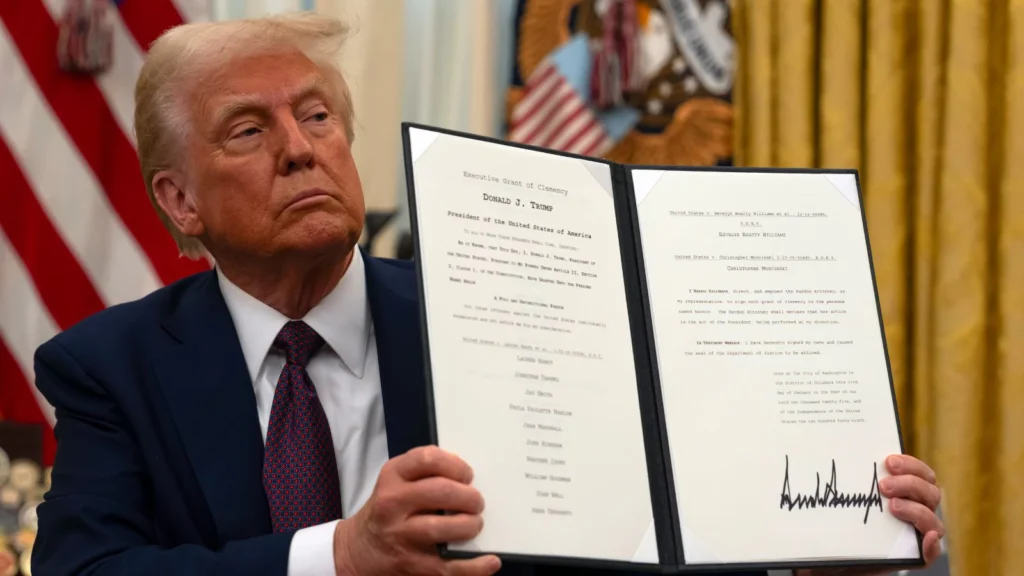President Trump’s January 23, 2025 executive order on AI policy marks a significant pivot in federal technology governance, prioritizing market-driven innovation over previous regulatory frameworks. The order revokes key components of Biden-era Executive Order 14110 (2023), which established safeguards for AI development, raising critical questions about the balance between technological leadership and ethical responsibility.
Regulatory Rollback and Implementation Timeline
Key provisions:
- Immediate review and revocation of policies stemming from EO 14110
- 60-day deadline to revise OMB Memoranda M-24-10/18 (originally implementing AI safety protocols)
- 180-day window to develop new “American AI Dominance Action Plan”
The order centralizes authority with the Special Advisor for AI and Crypto, a new White House position while mandating interagency coordination. This creates potential friction points between:
- National security priorities (overseen by APNSA)
- Economic policy considerations
- Existing statutory obligations under 15 U.S.C. 9401(3)
Ethical Implications of “Unfettered Innovation”
While the order emphasizes eliminating “ideological bias”,it removes requirements for:
- Algorithmic impact assessments
- Third-party auditing systems
- Civil rights protections in AI deployment
The replacement directive focuses on:
- Accelerating private sector R&D
- Reducing compliance burdens
- Positioning U.S. firms against foreign competitors
This paradigm shift raises concerns about accountability gaps, particularly regarding:
- Automated decision-making systems
- Workforce displacement risks
- Environmental impacts of compute-intensive models
Legal Analysis of Revocation Mechanism
The order employs an unusual “suspension-first” approach to existing regulations, allowing agencies to:
- Grant immediate exemptions
- Postpone enforcement actions
- Initiate rule rescission proceedings
This creates temporary regulatory limbo until permanent rules are established—a process potentially exceeding 24 months given typical Administrative Procedure Act timelines.
Comparative Table: Biden vs Trump AI Policies
| Policy Aspect | EO 14110 (2023) | New 2025 Order |
| Safety Requirements | Mandatory risk assessments | Voluntary guidelines |
| Equity Considerations | Embedded in design standards | Treated as potential “bias” |
| International Alignment | Coordinated with OECD/EU | America-first prioritization |
| Transparency | Public disclosure mandates | Classified as trade secrets |
Path Forward for Responsible AI Advocates
The order’s Section 6(c) explicitly denies creating enforceable rights, leaving ethical implementation dependent on:
- Congressional oversight using existing statutes like the Algorithmic Accountability Act
- State-level legislation (e.g., California AI Transparency Act)
- Private sector self-regulation through industry consortia
Legal scholars should monitor the OMB’s revised memoranda (due March 2025) for clues about how agencies will interpret the order’s directive to prioritize “global dominance” over precautionary principles.
References-

